If you’re not a fan of leftovers, you may
be onto something. Some reheated foods just don’t taste the same, but
food safety and a reduced nutritional value are both far bigger concerns
associated with reheated foods. Some foods lose their nutritional value
when you reheat them for the second and third time. Other foods can
harbor dangerous microorganisms if you’re not careful about reheating
them correctly. We discuss 8 leftover foods you probably shouldn’t
reheat multiple times below.
1. Oils and fried foods
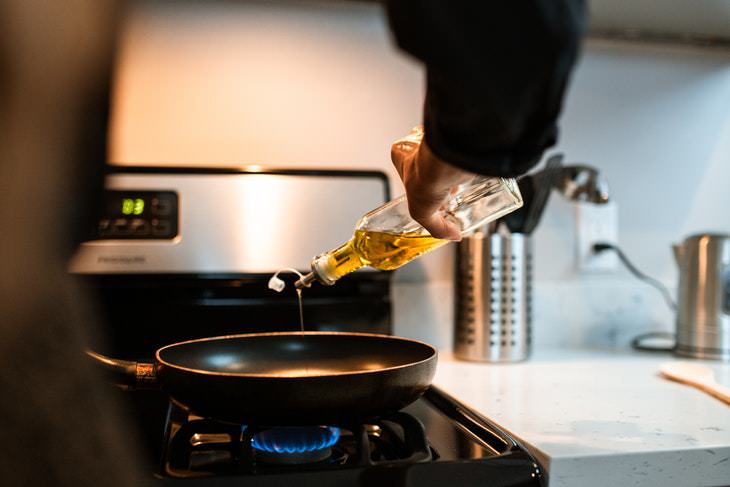

All cooking oils, be it plant-based oils
like olive or avocado oil or animal-derived oils like butter or grease
change their chemical composition when exposed to high heat. As you’re
frying or roasting foods, the healthy unsaturated fats present in oils
turn into trans fats - a type of fatty acid associated with inflammation
and heart disease.
Now, different types of oils start this transformation at different
temperatures. Oils with a high smoke point like peanut or grapeseed oil
are more heat-resistant than those with a low smoke point, like virgin
olive oil or pumpkin seed oil. The more you reheat these oils, the
greater the percentage of trans fats.
This is why you should avoid reheating fried foods several times, or at
all, if possible. For the same reason, it’s important to avoid reusing
oil or grease leftover in the pan. Wipe the frying pan clean with a
paper towel or wash it before every use.
2. Cooked eggs
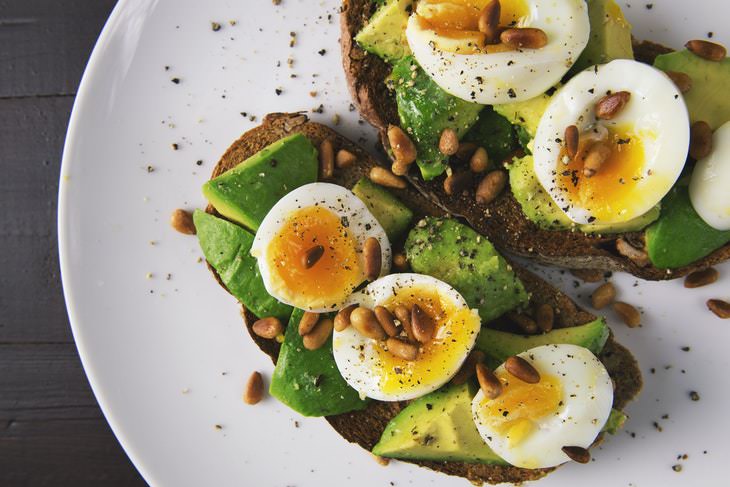

One type of food that’s definitely best
enjoyed fresh is cooked eggs. Reheating eggs sounds like a weird
practice, but you’re actually doing it more often than you think because
eggs are the primary ingredient in many foods, such as quiches and
casseroles. The nutrients that are affected in the cooking and reheating
processes are the antioxidants present in eggs, namely lutein and
zeaxanthin. Both of these antioxidants protect the eyes from UV rays,
thereby lowering one’s risk of cataracts and macular degeneration.
As a rule of thumb, it’s important to eat cooked eggs as fast as you
can. The FDA warns against consuming eggs refrigerated or kept in the
kitchen for over 2 hours. This is because eggs are a common source of
foodborne illness caused by the Listeria bacterium.
3. Potatoes
Eating a day-old serving of potatoes is no
big deal for most people. If you choose to do so, however, you should be
aware that you’ll be missing out on some of the important vitamins
present in this root vegetable. Studies show that vegetables rich in
water-soluble vitamins like Vitamin C, for example, lose a significant
amount of these vitamins when cooked or reheated.
Eating a reheated medium potato will provide you with much less than the
expected 27 mg of vitamin C, which is about 45% of the recommended
daily value of the vitamin.
Like cooked eggs, potatoes can also harbor potentially dangerous
microbes, namely Clostridium botulinum, the bacterium that causes the
potentially fatal infection called botulism. Avoid eating potatoes that
are more than a day old and put freshly-cooked potatoes into the fridge
as soon as possible.
4. Vegetables that are rich in nitrates
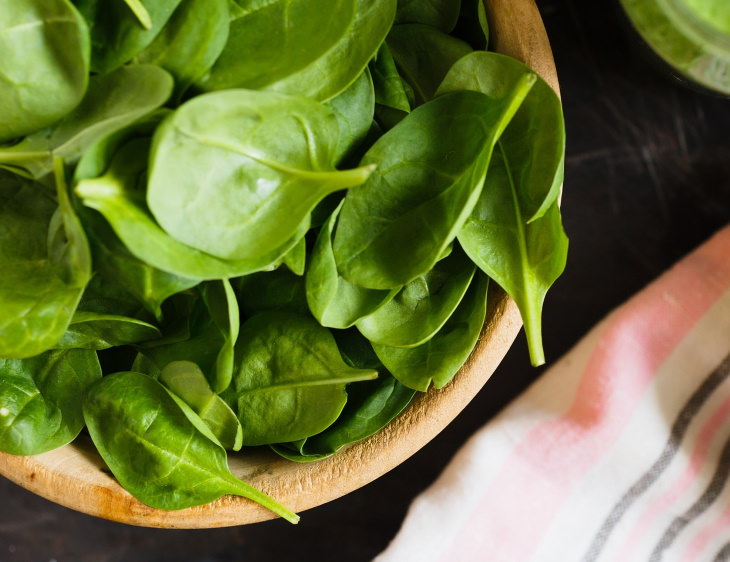

Examples of vegetables that contain a lot
of nitrates are carrots, celery, beets, spinach, and other leafy greens.
These chemicals have a bad reputation, but nitrates are actually
naturally present in the human body and beneficial to our heart health
and physical performance. That being said, exposing nitrate-rich foods
to high temperatures turns some of them into compounds called
nitrosamines - a known carcinogen.
The European Food Information Council even released a public warning
against reheating spinach for this very reason. Ideally, you should eat
these veggies raw, but if you must cook them, do so on low to medium
heat and resist reheating them.
5. Fish and seafood
Both fish and seafood are best enjoyed
fresh, and there are many reasons to abide by that rule. First and
foremost, you ought to know that reheated fish is significantly lower in
vitamin B6 than freshly cooked fish because this vitamin is among the
most heat-sensitive nutrients out there. Many people choose to eat fish
to get more B vitamins. If that is you, resist reheating it.
In addition, the FDA recommends discarding any fish or seafood that was
out of the fridge for more than an hour or two due to food poisoning
risks. So, the safest bet is to eat fish fresh. And besides, even the
most delicate seafood and white fish will taste rubbery and tough after
reheating it. So it’s best to just skip out on those seafood leftovers.
6. Mushrooms
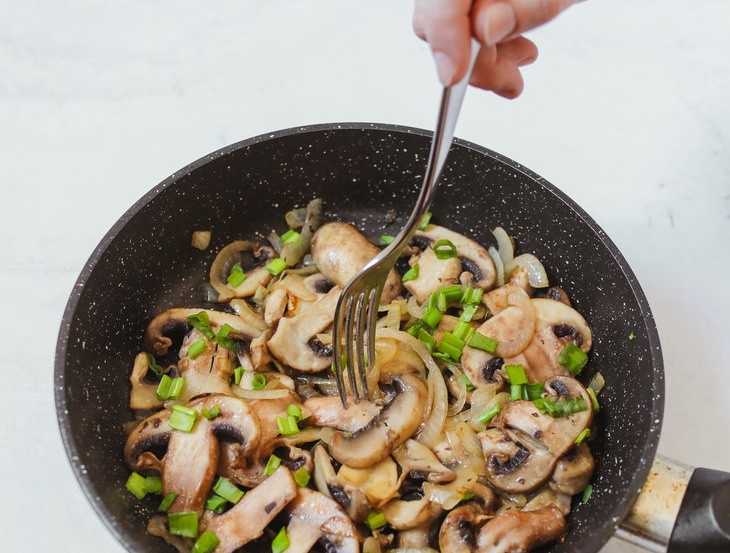

The European Food Information Council also
advises against reheating mushrooms. Mushrooms are rich in proteins, but
these proteins tend to deteriorate very quickly in the cooking or
reheating process. Enzymes and bacteria continue destroying these
proteins even further if they are kept at room temperature.
Consuming such mushrooms could lead to stomach pain and digestive
issues, so don’t keep mushrooms that are older than 1-2 days old and
preferably enjoy them cold.
7. Risotto
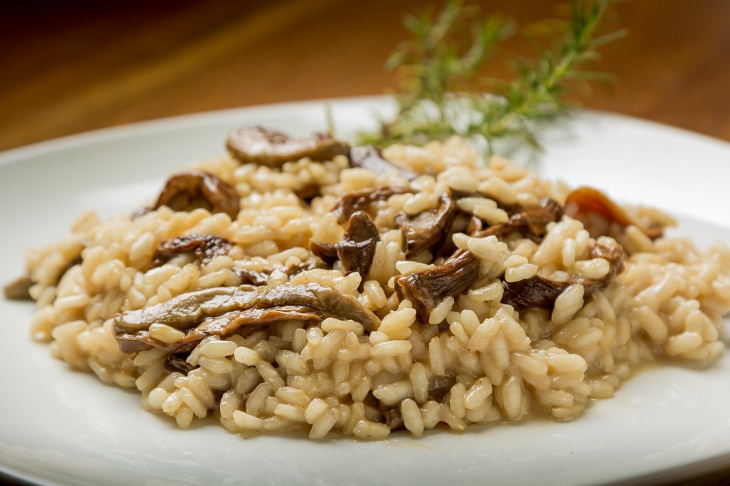

Reheated risotto is very unpleasant: the
stickiness of the rice increases, turning risotto from silky smooth to
glue-like. But that’s not the only reason why you shouldn’t keep
leftover risotto in the fridge. For one, reheated rice is a common cause
of foodborne illness. This is because a significant percentage of
uncooked rice contains Bacillus cereus, a pathogen that commonly causes
food poisoning.
Apart from that, risotto usually includes other ingredients that spoil
very quickly, such as mushrooms and dairy. Therefore, it’s best to toss
any leftover risotto straight into the trash.
8. Chicken
When you’re cooking a whole chicken, it’s
difficult to eat the entire bird in one sitting. Still, the FDA and
health agencies around the world advise against keeping chicken in the
fridge for more than 3 days and reheating it multiple times for concerns
of digestive upset.
Reheated chicken should reach the temperature of 73°C (165°F) in all of
its parts before consumption. Use a food thermometer to measure the
temperature in different places after reheating the chicken. To prevent
reheating the same bird multiple times, divide the leftover chicken into
separate portions right after cooking. This way, you’ll need to reheat
each piece only once.